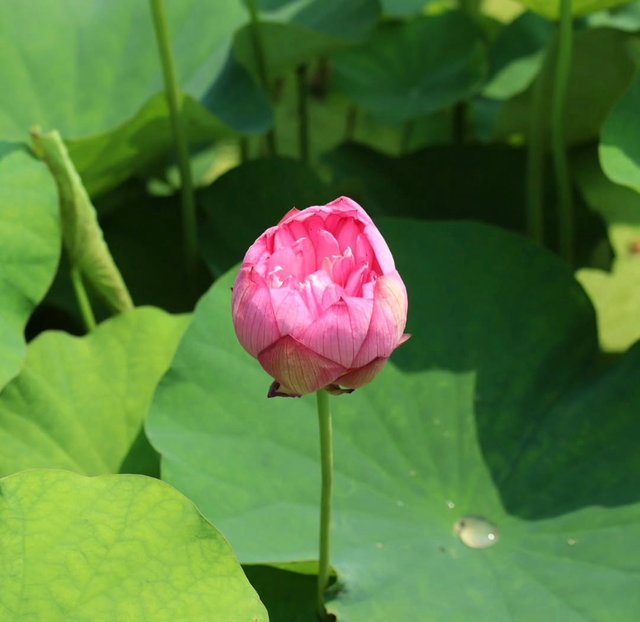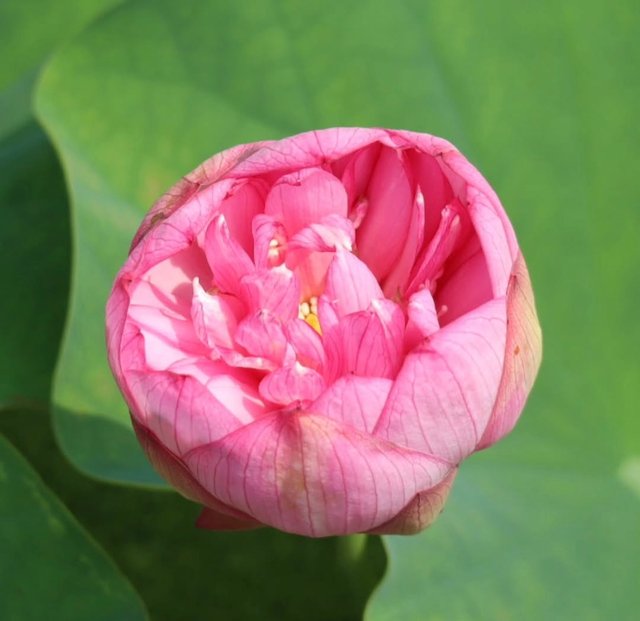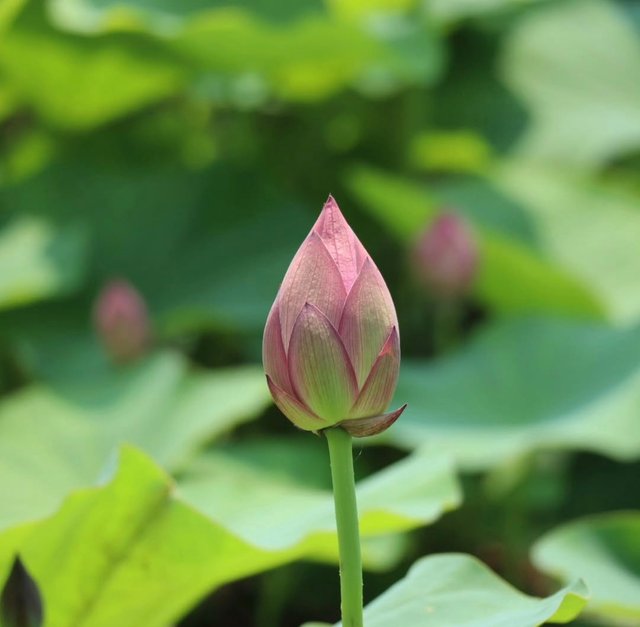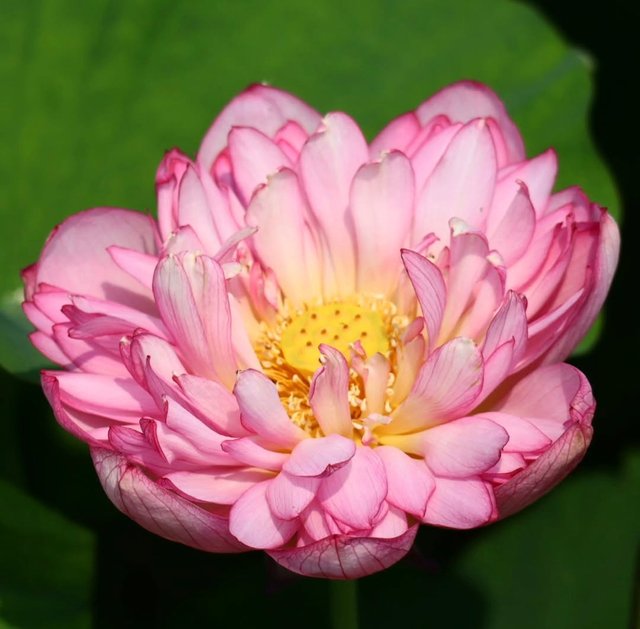Nelumbo nucifera
Nelumbo nucifera, commonly known as the Sacred Lotus, Indian Lotus, or simply Lotus, is one of the most iconic and revered plants in the world. Native to the Indian subcontinent and East Asia, it thrives in freshwater environments like ponds, lakes, and slow-moving rivers. This aquatic perennial is not only admired for its stunning beauty but also deeply embedded in the religious, cultural, medicinal, and ecological fabric of many Asian societies.
The plant features large, umbrella-like leaves that either float on the water surface or stand above it. The flowers, rising elegantly above the foliage, come in soft shades of pink or white with a central, yellow seedpod. Each part of the lotus – from its flower to its rhizome – has its unique form and function.
In Hinduism, it is associated with purity, beauty, fertility, prosperity, and divinity. Gods and goddesses such as Lakshmi, Vishnu, and Brahma are often depicted seated on lotus flowers.In Buddhism, the lotus represents spiritual awakening, enlightenment, and detachment. Just as the lotus rises unblemished from muddy waters, it symbolizes the potential of humans to rise above suffering and impurity.In Egyptian culture, the lotus was a symbol of creation and rebirth.The lotus’s ability to bloom in muddy water yet remain untouched by it has made it a universal symbol of purity and resilience.



